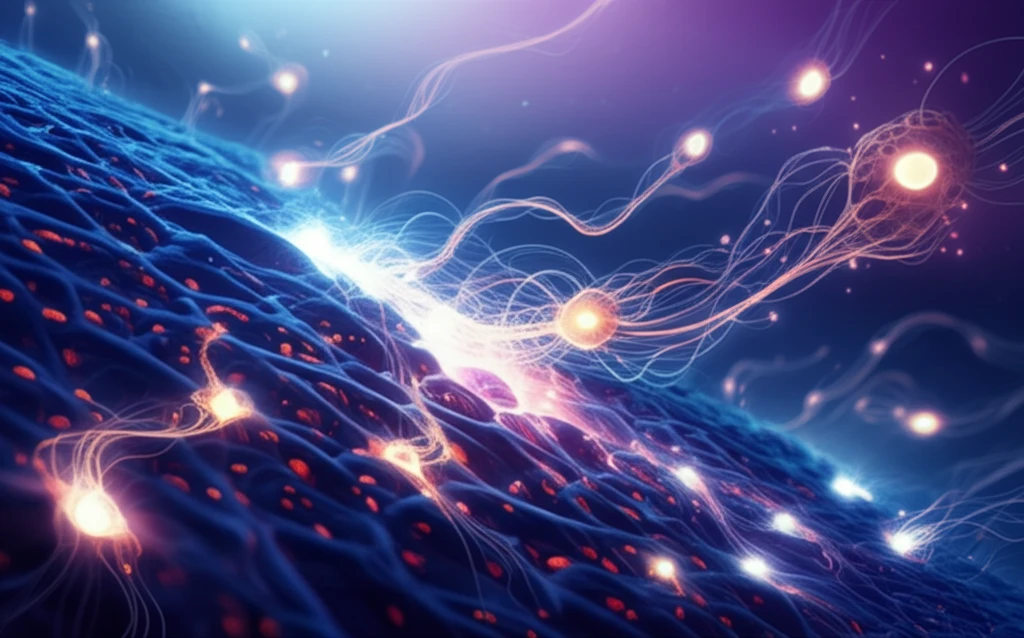
Unlocking the Secrets of Cell Migration: How Collagen Gels Impact Tissue Engineering
"A Closer Look at 3D Cell Communication and Microtissue Size in Biomedical Advancements"
In the dynamic field of biomedical research, understanding how cells interact with their environment is crucial for advancing tissue engineering, regenerative medicine, and cancer research. Cells don't exist in isolation; their behavior is heavily influenced by the surrounding extracellular matrix (ECM), a complex network of proteins and other molecules that provides structural and biochemical support. Collagen, a primary component of the ECM, plays a pivotal role in this interaction, affecting cell migration, proliferation, and differentiation.
A recent study published in Biomedical Microdevices sheds light on the intricate relationship between collagen gels, microtissue size, and cell-cell communication. The research focuses on how modulating these factors in a three-dimensional (3D) environment can impact cell migration. Cell migration is fundamental to various biological processes, including wound healing, immune responses, and embryonic development. Aberrant cell migration is also a hallmark of cancer metastasis, making it a critical area of investigation.
This article dives into the details of this fascinating study, explaining how manipulating collagen concentration can alter cell behavior within engineered microtissues. We'll explore the methods used, the results obtained, and the potential implications of this research for future biomedical applications. Whether you're a seasoned researcher, a student exploring the life sciences, or simply curious about the cutting edge of medical advancements, this exploration promises valuable insights.
How Does Collagen Concentration Influence Cell Migration?

The study investigates the impact of collagen concentration on cell migration speed within large chamber 3D microtissues. Researchers embedded MDA-MB-231 cells, a commonly used breast cancer cell line, in varying concentrations of collagen: 1 mg/ml, 2 mg/ml, and 3 mg/ml. By tracking the movement of these cells within the 3D collagen gels, they were able to quantify cell migration speed and analyze how it changed with different collagen concentrations.
- Lower Collagen Concentration (1 mg/ml): Cells exhibited the highest average migration speed. The relatively sparse collagen network likely facilitates easier movement through the matrix.
- Medium Collagen Concentration (2 mg/ml): Cell migration speed decreased compared to the lower concentration, suggesting that the denser matrix presented more resistance to cell movement.
- High Collagen Concentration (3 mg/ml): Cells displayed the slowest migration speed. The high density of collagen fibers likely creates a significant barrier, hindering cell motility.
The Future of Tissue Engineering and Regenerative Medicine
This research underscores the importance of carefully considering the biophysical properties of the ECM when designing tissue-engineered constructs. By modulating factors like collagen concentration and microtissue size, researchers can fine-tune cell behavior and create more functional and physiologically relevant tissues. Future studies may explore the effects of other ECM components, growth factors, and mechanical stimuli on cell migration within 3D microenvironments. These insights could pave the way for novel therapies for wound healing, tissue regeneration, and cancer treatment. Understanding the complexities of cell-matrix interactions is paramount to unlocking the full potential of regenerative medicine and improving human health.
